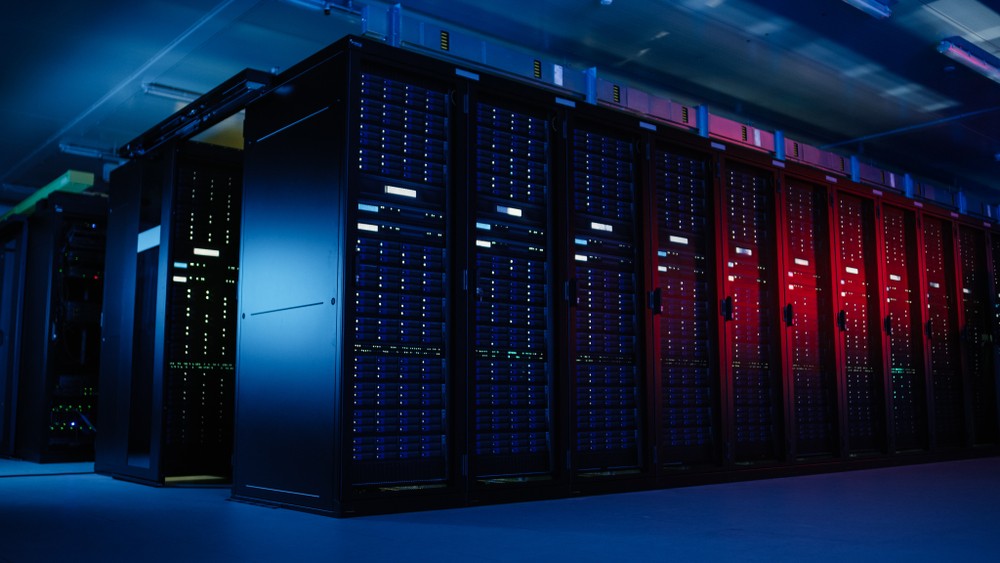The general trendline for the data center business is encouraging, despite the somewhat bleak outlook for the world economy in 2024. Why? Generative AI (GenAI) is one of the causes. Data center investments have already increased as a result of GenAI, and we anticipate that trend to continue.
IT infrastructure will become very prominent by 2024. Organizations have been hanging onto their current infrastructure for a little longer than usual during the last few years. It is now aged and a risk to company. Businesses will need to enhance their infrastructure when they use GenAI in order to maximize performance.
New technical approaches will be needed to handle this transformation. While enterprises may reevaluate their expensive reliance on the public cloud in favor of more affordable hybrid solutions, interest in liquid cooling will only increase. Let’s examine some of the trends that we should be aware of in 2024:
AI becomes a reality and has a good effect on data center operations
Could artificial intelligence transform the world? Without a doubt. It’s already happened. In 2023, a lot of experimentation was conducted by enterprises using AI on various data sets. Businesses will start using AI to address extremely specific business challenges with considerably greater intention in 2024.
For instance, by monitoring and establishing ideal thresholds for variables like temperature, humidity, and overall general energy consumption, data center providers will increasingly employ AI technologies to enhance operational efficiency and sustainability. By more proactively informing them of security events within the data center or notifying the data center NOC and/or SOC of potential breaches or network congestion, artificial intelligence (AI) systems can help strengthen the security posture of data center operators and their clients.
AI has a plenty of potential, but as is often the case, early experimentation may not live up to expectations. Finding the gems in the rough will take some time, and generally speaking, the more precise the use case, the better the result.
Organizations that want to achieve their targeted business objectives using AI must also spend in hiring and upskilling employees to operate and integrate the technology. There are currently too few AI specialists in the market. It is reasonable to anticipate that firms will increase their investments in AI-related team training as they become more clear about how to apply AI to solve particular business problems.
More electricity will be required for data center racks
Data center rack power requirements increased even faster than anticipated in 2023, notwithstanding our prediction. This was caused by the fast growth of GenAI, higher density deployments, and the introduction of more power-hungry general computing (CPUs) into the market. Moreover, rack density will only increase in 2024. To stay up with next-generation technology, data center providers will need to take use of cutting-edge cooling technologies and novel design concepts.
Technologies for liquid cooling will become more popular, but initial investments will be small
There is no denying that air cooling has its limits, particularly when considering deployments at larger densities. That being said, many implementations still rely on air to provide cooling. Although liquid cooling is becoming more popular, rapid adoption may still be a few years away due to the high initial cost and complexity of integrating these solutions into the current data center infrastructure.
As of right now, only the most advanced businesses and service providers are using these technologies in their operations. Nonetheless, because of the introduction of fresh ideas and inventive methods, interest is soaring and adoption is becoming simpler and more widespread. In 2024, this sector will undoubtedly grow, but after more OEM backing and technological uniformity, expect a sharper rise.
In the race of cloud recalibration, slow and steady will prevail
Having gone “all in” on public cloud during the preceding few years caused financial agony for a lot of enterprises in 2023. They now realize that they might have to adjust a few things, including moving some workloads back to the office or to a private cloud. Large companies, however, are beginning to take notice of this and are offering models and quantifiable cost savings that other businesses can use. It has evolved from a purely theoretical game.
In 2024, public cloud adoption will still be growing, but it will be more selective as businesses embrace cloud-like options and hybrid solutions like bare metal-as-a-service (BmaaS), which combine the cost predictability and control of a private offering with the flexibility and scalability of the public cloud.
The value of proximity to data will rise
In particular, data prefers to dwell close to compute when it comes to AI, machine learning, and high-performance computing—this is especially true while training AI. When a business was eager to start a project in the past, they would spin it up in the public cloud and sort it out afterward. This approach frequently resulted in expensive judgments later on. It is now necessary for certain enterprises to determine how to move workloads back to private clouds or AI clouds that are specifically designed to improve performance and save costs.
Conclusion
The data center sector has a huge chance to act as a middleman and catalyst for innovations in technology and transformation thanks to GenAI. Recent findings from Forrester Research indicate that the landscape of technological infrastructure is undergoing dynamic changes due to changes in business requirements that affect connectivity, edge environments, remote work, data centers, and remote work.








